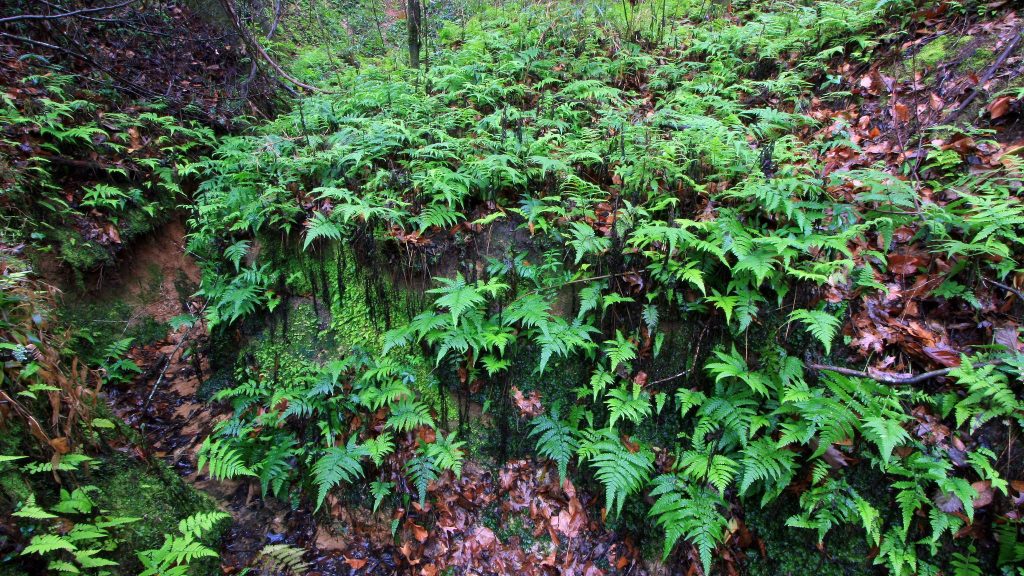An Assessment of Invasive Species Range Shifts in the Southeastern U.S. and Actions to Manage Them

Project Information
Principal Investigator: Brett Scheffers (University of Florida)
Proposed Project Completion: December 2024
Implements Science Plan Theme: Exposure
Project Cooperators: Wesley M Daniel (USGS Wetland and Aquatic Research Center), Deborah M Epperson (USGS Wetland and Aquatic Research Center), Beth Stys (Florida Fish and Wildlife Conservation Commission), Rua Mordecai (U.S. Fish and Wildlife Service), Cindy Williams (U.S. Fish and Wildlife Service), Brittany Bankovich (Florida Fish and Wildlife Conservation Commission), Sarah Funck (Florida Fish and Wildlife Conservation Commission Nonnative Fish and Wildlife)
Overview
Species are on the move as they respond to climate change. This includes many native species, but also species with high costs to society such as disease vectors, pests, and nonnative invasive species (an invasive species is a species that is not native to a specific location but is spreading with the tendency of causing damage to native plants and animals). Currently there are hundreds of invasive species with relatively restricted ranges in the southeastern U.S., but as the climate changes these species are expected to expand their ranges to new regions.
It is important to understand if and how these species might move and what actions we can take to lessen their impact on species and habitats. To achieve this goal, the project researchers will use statistical models to predict the spread of invasive species under different scenarios of future climate change severity to understand where they will spread, how they will get there, and when they are expected to arrive. Working with scientists, managers, and wildlife biologists, the team will also consider how management strategies can be used to stop or slow the spread of invasive species.
Detecting invasive species early on and responding quickly to manage their established populations are essential to minimizing their impact. This research is a critical first step to ensure that these responses are informed and based on the best available science so that managers can continue to protect and conserve valuable natural areas for people and wildlife.
